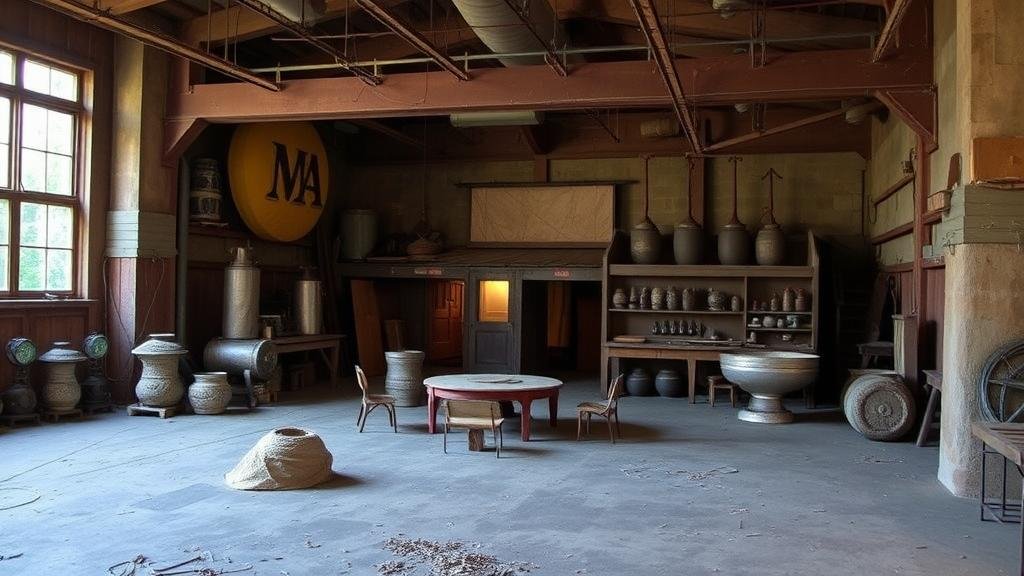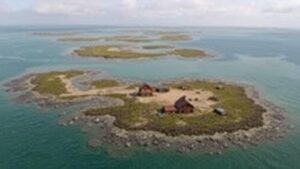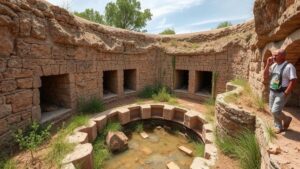Mapping Lost Glassblowing Studio Locations for Industrial Artifact Finds
Mapping Lost Glassblowing Studio Locations for Industrial Artifact Finds
This research article explores the technique of mapping lost glassblowing studio locations facilitate the discovery of industrial artifacts. Glassblowing has historically contributed significantly to both art and industrial design, and identifying these sites provides insights into the social and economic contexts of their operation. This piece will discuss methodologies for mapping historical sites, the significance of lost studios in understanding industrial history, and case studies of notable finds.
Historical Context of Glassblowing
Glassblowing as an art form dates back to the first centuries B.C. with significant advancements occurring during the Roman Empire. The rise of glassmaking techniques allowed for the production of fine glass artifacts, which contributed to the trade networks across Europe and beyond. By the late 18th and 19th centuries, glassblowing studios proliferated with the Industrial Revolution, leading to innovations in both decorative and functional glass, including bottles, windows, and scientific instruments.
Methodologies for Mapping Glassblowing Studios
Mapping lost glassblowing studios involves synthesizing various historical records, archaeological evidence, and modern technologies. Key methodologies include:
- Historical Research: Archival research in local libraries and museums can yield census records, business licenses, newspapers, and other documents detailing the existence and operation of glassblowing studios.
- Geographic Information Systems (GIS): GIS technology allows researchers to visualize and analyze spatial data effectively. By incorporating historical maps and records, researchers can identify locations of interest.
- Field Surveys: Conducting physical surveys of suspected locations helps confirm the presence of artifacts. This includes both surface collection and excavation.
According to a study published in the International Journal of Historical Archaeology in 2020, GIS mapping of lost industrial sites has increased artifact recovery efficiency by over 30% in some regions.
Significance of Lost Studio Locations
Lost glassblowing studios serve as tangible connections to industrial practices, economic patterns, and cultural shifts. Discovering artifacts from these locations provides insight into:
- Consumer Markets: Analysis of glass artifacts can reveal changes in design preferences and technological advancements.
- Labor Practices: The presence of specific tools and techniques can indicate the skill level and training of artisans within the community.
- Trade Networks: Import-export patterns visible through certain materials and styles can illustrate the economic relationships between regions.
An excellent example includes the recovery of artifacts from the Maryland Glass Factory, operational from the 1820s to the 1860s, which revealed both local craftsmanship and connections to broader trade networks.
Case Studies of Industrial Artifact Finds
Several renowned case studies highlight the practice of mapping lost glassblowing studios:
- The Sandwich Glass Factory, Massachusetts: After documenting historical records from the mid-1800s, archaeologists excavated site grounds in 2015, recovering thousands of glass shards that provided insight into production techniques utilized at the studio.
- The Wheeling Glass Factory, West Virginia: In 2018, using a combination of tax documents and oral histories, researchers identified the original location, where they found extensive artifacts, confirming historical claims of the factorys output and methods.
Challenges and Limitations
While mapping lost glassblowing studios can yield valuable insights, several challenges persist:
- Inadequate Historical Records: Many glassblowing studios operated without formal documentation, leading to gaps in the historical narrative.
- Urban Development: As cities expand, original studio sites may be lost to modern infrastructure, complicating recovery efforts.
- Public Engagement: Community support is often necessary for successful excavations, which can be hindered by a lack of awareness of local industrial heritage.
Conclusion
Mapping lost glassblowing studio locations is not only a vital aspect of archaeological inquiry but is also crucial for preserving cultural heritage. The methodologies detailed in this article illustrate a clear path for researchers seeking to uncover the rich stories embedded in industrial artifacts. As urban landscapes continue to evolve, proactive mapping and engagement with local histories will become increasingly vital to preserving the legacy of glassblowing and its influence on modern manufacturing and design.
Actionable Takeaways
- Engage with local historical societies to access archives and collaborate on research projects.
- Use GIS technology for spatial analysis of historical data to optimize the mapping process.
- Promote public awareness about local glassblowing history to garner community involvement in archaeological efforts.



